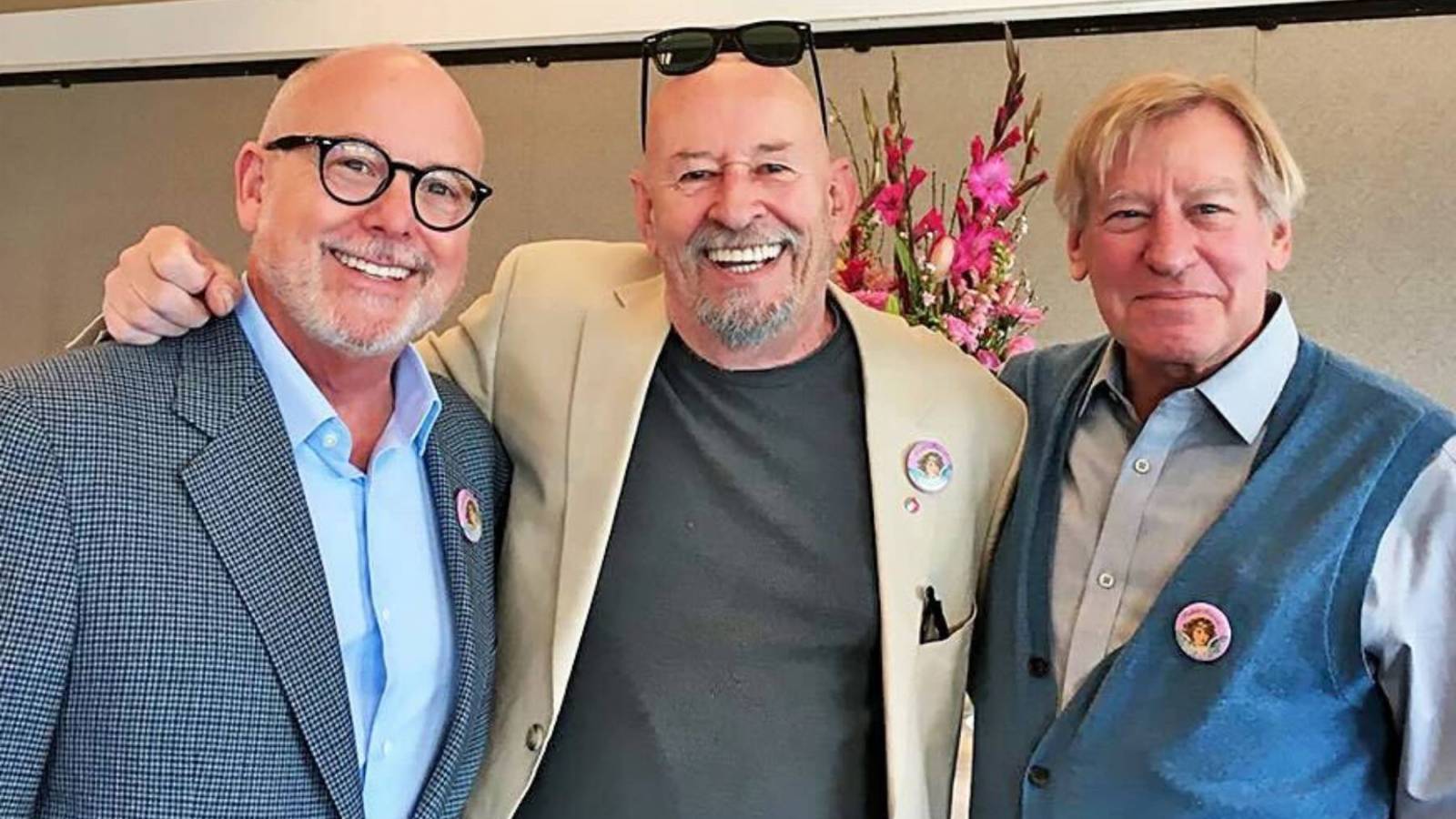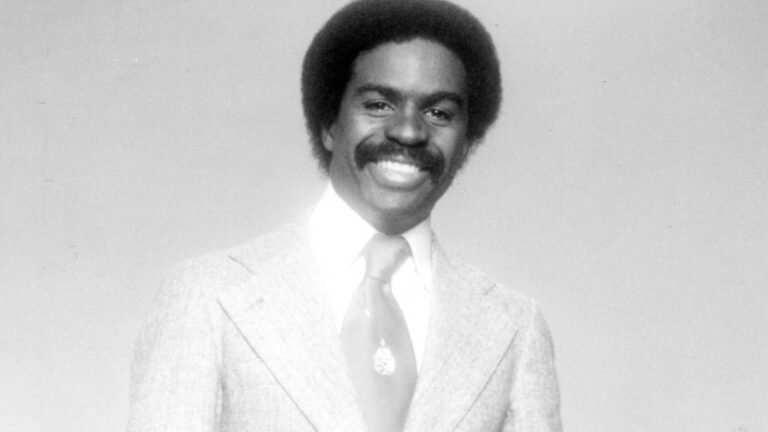The artist behind Rolling Stone‘s most recognized logo has died. Jim Parkinson died on Friday at age 83 after facing a “long struggle” with Alzheimer’s Disease, his friend Stephen Coles confirmed on Typographica.
Parkinson was born on Oct. 23, 1941, and grew up in the San Francisco Bay Area, where he was introduced to typography and penmanship by Abraham Lincoln Paulsen. Parkinson learned from lettering manuals and textbooks, referencing historical styles of writing before he attended California College of Arts and Crafts, where he graduated in 1963.
Parkinson worked as an artist at Hallmark Cards, where he moved from “drawing rabbits” to the lettering department, where he honed his craft. After his stint at Hallmark, Parkinson devoted himself fully to lettering, moving back to Oakland in 1969, where he spent the rest of his life.
Among his most-recognized designs are those of circus Ringling Brothers and Barnum & Bailey; logos for bands Credence Clearwater, Kansas, and the Doobie Brothers; and typefaces for dozens of newspapers including The New York Times, Los Angeles Times, and The Virginian-Pilot, and magazines including Rolling Stone, Esquire, Variety, and Mexico’s TV y Novelas.
“I found that working for a publication, designing a custom typeface or a logo, was much more fulfilling than all the other lettering work I’d been doing and, after that, I tried to make it a point to work for publications as much as possible,” Parkinson wrote on his website in 2011.
By 1971, he was hired to create lettering and drawings for Rolling Stone, which was headquartered in San Francisco at the time. Parkinson was enlisted to redesign its logo in 1977, in time for the magazine’s 10th anniversary. A few years later, he brought new life to the design with the now-iconic elongated tail on the “R.” That rework became the longest-running version of the logo, lasting until 2018. (Parkinson was also behind a flatter version that ran from 2018 through 2022.)
“After several years, Jann Wenner tired of the new logo’s more sober appearance and asked Jim to revisit his work, adding swashes, ball terminals, a complex g, and bulked-up dimensionality,” read a breakdown of Parkinson’s design. “This was a logo that commanded attention on the cover and demanded to be big… [It’s] one of the most recognizable symbols of Americana.”
Parkinson’s signature touches still live on in today’s logo, thanks to designer Jesse Ragan at XYZ Type, who led the most recent update and pulled in elements from both Parkinson’s 1977 and 1981 versions. The magazine also used a font family made by Parkinson with Roger Black, called Parkinson, that was used by the magazine since the Seventies.
“Jim Parkinson created an indispensable ingredient of the visual brand of Rolling Stone: the logo. It was considered a big change from the original when it was introduced in the magazine’s 10th anniversary issue. Tweaked many times since, the logo has stood for the magazine for almost 50 years,” Roger Black, a former art director at Rolling Stone, tells the publication.
“Parkinson went on to design logos for dozens of other publications. All of this sounds like a lot of work, but if you were around Parkinson, it was almost always fun,” Black continues, before recalling the antics of his former colleague. “He had a sharp sense of humor, combined with great insight into human nature. After a long design charette, perhaps aided by few outside stimulants, you might find on your desk the next day a little cartoon, often with the devil as the character. No devil ever had more fun.”
Later in his life, Parkinson spent time depicting neon signs of the past as fine art through oil paintings that are on display on his website. There’s paintings of a “Fortune Teller” sign from Reno, a “Pig Sale” from El Sobrante, California, and a “Haircut Truck” from Gonzales, California, among dozens others, displayed on his site.
Parkinson died in Oakland and is survived by his wife and book artist Dorothy Yule. According to Coles, a memoir by the designer from Letterform Archive is set to be published later this year. A memorial for him is also expected in the fall.


